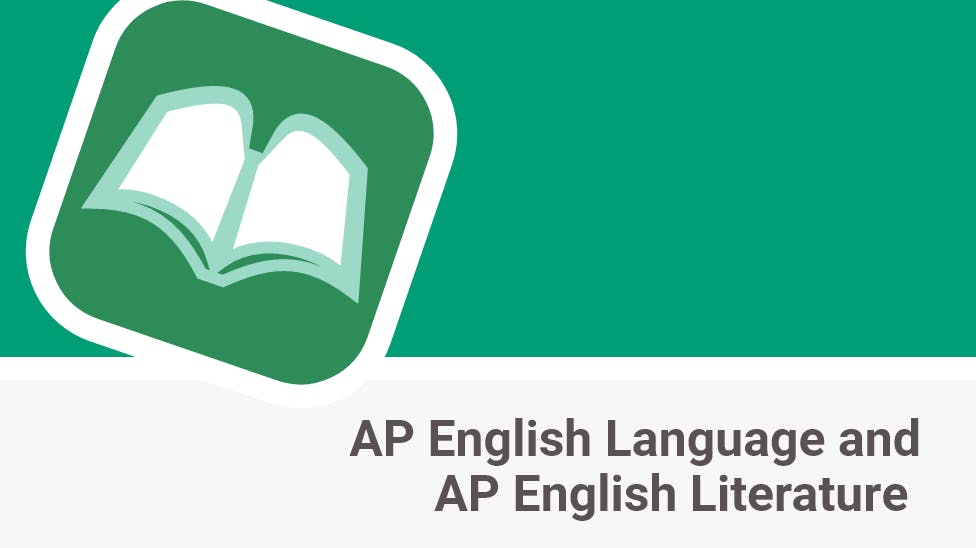AP Updates
AP Exam Changes & Barron's Book Updates

AP Exams Are Going Digital!
Starting in May 2025, 28 AP exams are moving to either a fully digital or a hybrid digital testing format, a departure from the long-standing paper format. You probably have a lot of questions about what this means for your exam(s), but don’t worry—Barron’s has all the answers and the latest information you need to know for test day.

2025 AP English Language and AP English Literature Updates
Since the publication of these books, the College Board has announced a change for the May 2025 exams. Please review important updates here, including PDFs of fully updated chapters.

2024 AP Precalculus
If you have a copy of the Barron's AP Precalculus Premium, 2024, please review these updates.
